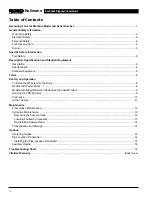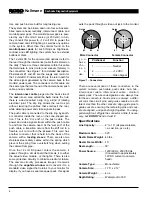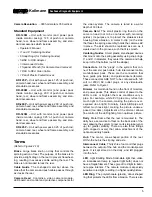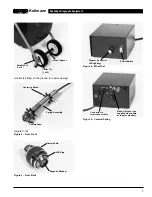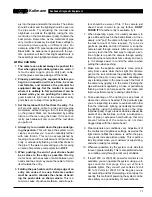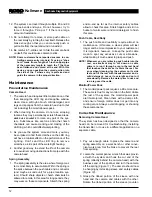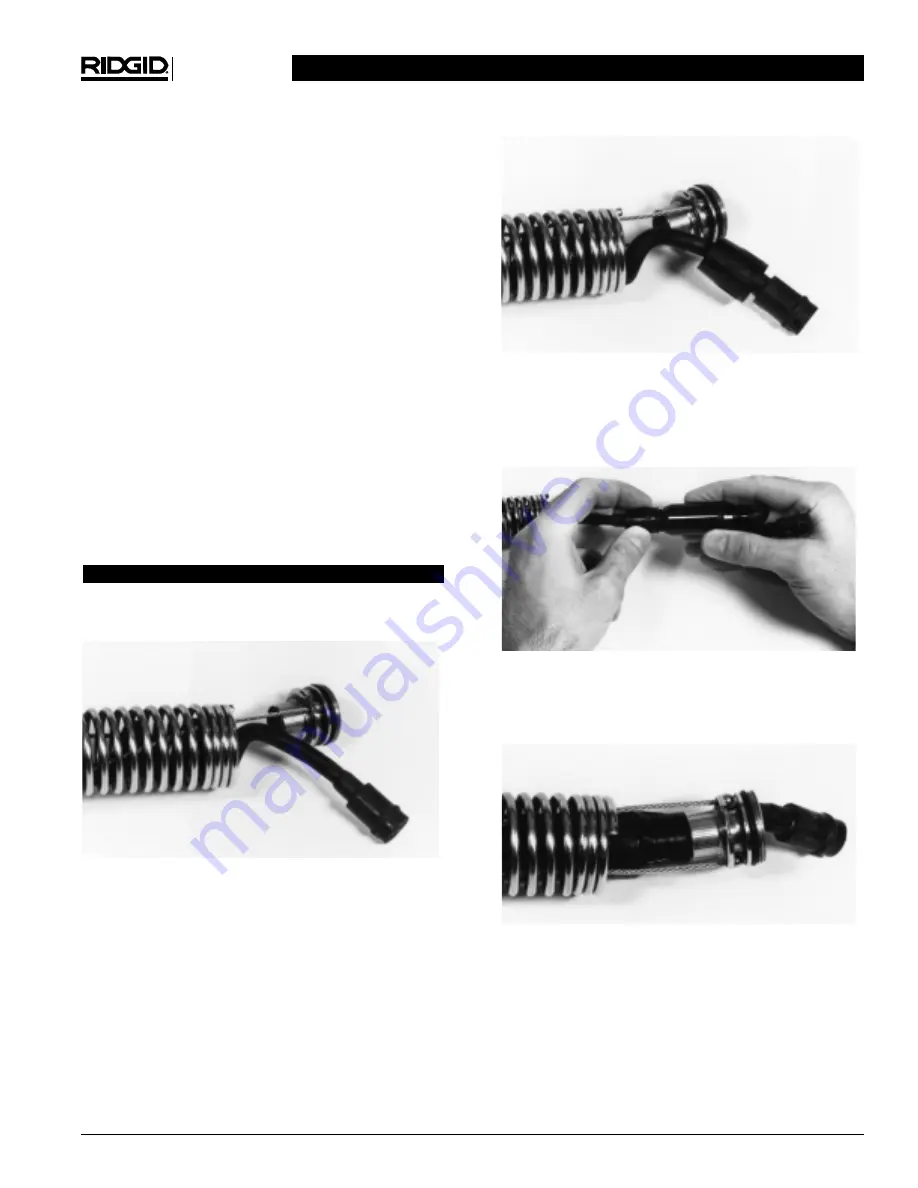
whether or not you choose to bring the receiver along
on the job. There are no batteries or extra cables
required, and the system still travels the hard 90
degree bends.
Installing the Pipe Location Transmitter
1. Remove the camera head from the spring assem-
bly. (See Corrective Maintenance – Removing
Camera Head section.)
2. With the camera head removed, you can see that
the connector passes through the locking sleeve,
and that there is a rounded ridge on the connector
that prevents it from slipping out the rear of the lock-
ing sleeve. You want to carefully push the connec-
tor out the back of the locking sleeve (Figure 15).
Use a blunt object, such as the eraser-end of a pen-
cil or a finger to push on it, while pulling on it from
the back. Don’t grasp the coil cord when pulling,
grasp the connector! You can lube the connector to
make it easier, if necessary. be careful not to dam-
age the sockets of the connector by pushing on it
with a sharp object, like a screwdriver.
CAUTION
Be sure to use non-conductive lubricant. a sili-
cone lubricant is suggested.
Figure 15
After removing the camera head, slip the coil connec-
tor out of its locking sleeve. Some silicone lubricant
makes removal much easier. Keep the stainless
cables untwisted by holding the sleeve and rotating
the ring on it that the cables are attached to.
Figure 16
On the transmitter, unscrew the plastic locking sleeve.
Place the plastic locking sleeve (leading with the
tapered end) over the coil connector. Again, some sili-
cone lubricant makes this easier.
Figure 17
Push the coil connector onto the leads making sure
that it is fully seated. Screw the plastic locking sleeve
back onto the transmitter.
Figure 18
When completed, grasp both ends of the spring
assembly and stretch it to draw the transmitter inside.
Check that the coil cord and stainless cables are situ-
ated properly. Push the camera-end of the transmitter
back through the locking sleeve using some silicone
lubricant, if necessary. Re-install the camera head.
SeeSnake Diagnostic Equipment
Kollmann
15

